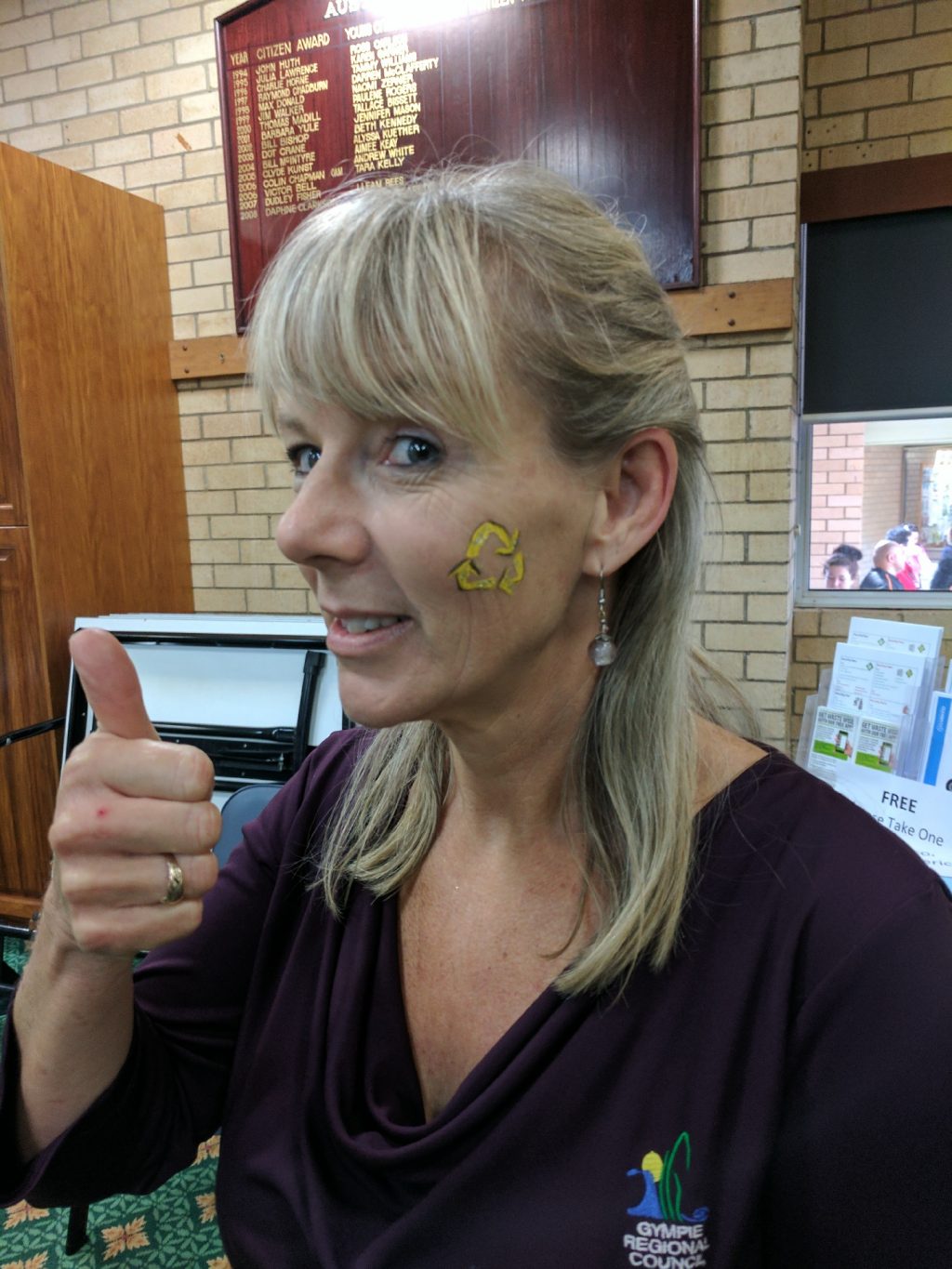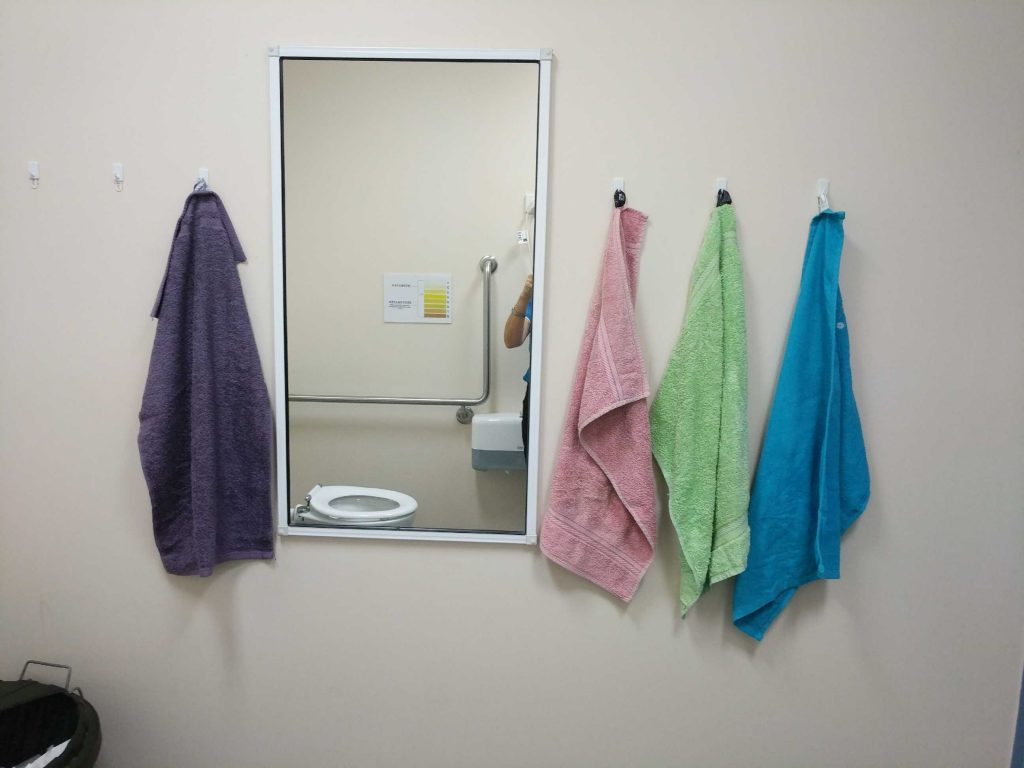Whether it’s a picnic, BBQ or camping, we’ve got you covered with our best tips for a sustainable Australia Day.
Having a picnic
Whatever you do, be sure to avoid single-use plastics. This includes plastic cutlery, plates and cups. If you really need to use disposable items, make sure they are environmentally-friendly and compostable.
Eco-champ tip: Invest in the Clean Up Australia picnic set. It’s completely reusable and ready to enjoy all summer long.
Hosting a BBQ
Plan ahead, use a shopping list and get down to your local markets. Shopping at the local markets is a great way to avoid plastic packaging while minimising waste.
Eco-champ tip: Take your party to the next level by investing in classy sustainable extras like metal straws for your cocktails and cloth napkins.
Camping
A good rule of thumb is to make sure to leave your campsite the way you found it. If you don’t have access to bins, take your waste with you when you leave and recycle when you get home.
Eco-champ tip: Choose aluminium drink containers over plastic as aluminium is 100% recyclable. They are easy to crush and convenient to transport home for recycling.
Going to the beach
Bring your own drink bottle. Most public beaches have water fountains where you can refill your drink bottle. Don’t contribute to the growing amount of plastic bottles littering our coastlines.
Eco-champ tip: Freeze an extra drink bottle the night before. It will help keep your drinks cold during the day and you will be able to enjoy an icy cold beverage once it’s melted.
Pool party
Forget the inflatable pool toys and water balloons. They may be fun but the flimsy plastic is terrible for the environment. Have fun with a classic game of Marco Polo instead.
Eco-champ tip: Parents, keep the kids busy with making their own decorations and games like these handmade water balloons.
Don’t let your efforts go to waste this Australia Day. Check out more great tips for a sustainable Australia Day.
If you’re passionate about making a sustainable future possible register for Clean Up Australia Day on March 4, or register your workplace for Business Clean Up Day on 27 February.








